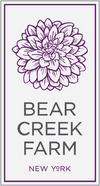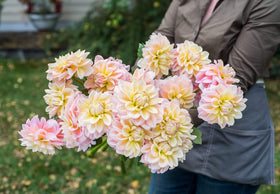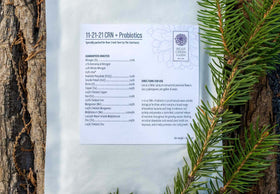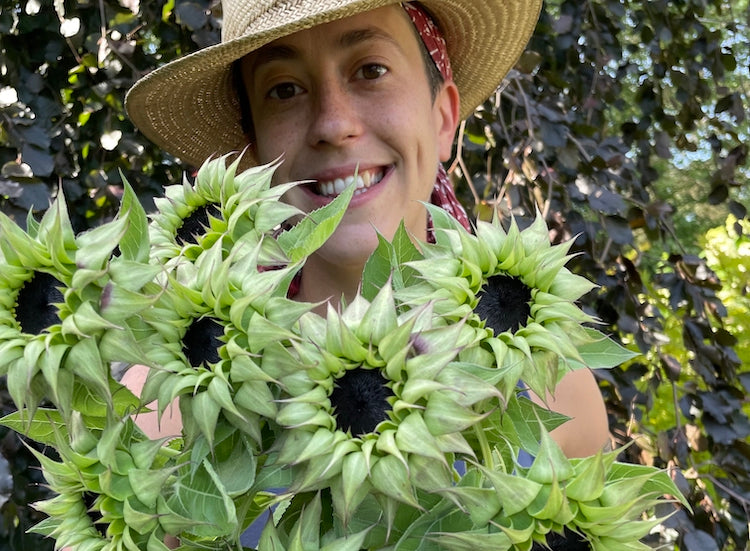Sunflowers offer multiple benefits for gardeners. They grow well in dry conditions. They thrive in heat. They are generous in their length of bloom – all summer long until early fall. In addition, they require very little tending.
Many proponents of sustainable flower farming are mindful to attract flowers that will draw pollinators. In considering your choices, don’t forget about sunflowers. Sunflowers are unusual in their structure - and fascinating. They are a single bloom which contains, essentially, two kinds of petal, each with a totally different composition and a very specific purpose.
Sunflowers have both ray flowers and disc flowers. Ray flowers are the larger, showier leaves encircling the exterior of the bloom. Disc flowers are smaller – set in the center, and tubular in formation.
To combine the benefits of this obliging and genial no-fuss flower with an intent to attract pollinators, it is important to understand the differences in varieties between sunflowers – and in how they differ in pollen production and breeding.
Only the disc petals on the overall sunflower bloom to produce pollen. Ray flowers, being sterile, do not produce pollen, but play a critical role just the same. Ray flowers, being large and showy, attract pollinators to a garden. That gives pollenless sunflowers an important overall role. In addition, the shape of the petal (large and flat) is a perfect landing pad for pollinators to rest and drink in their sweet nectar. So it goes, the food chain in action.
Botanical diversity in a garden is the best way to attract pollinators. Let’s not overthink – the point of planting a garden is to imbue oneself in nature. One would have to work hard not to contribute to the greater good – pollination – in sustainable flower farming. Have some fun with it.
Sunflowers that are bred to be cut and shown are hybrids produced purposefully not to produce anthers. (Anthers are the structure that produces the pollen.) These hybrids don’t produce any sneezy allergens, and neither do they stain the white summer sundress, just pressed and ready to wear.

How to Plant Your Sunflower
- Sow your seed directly into the soil in which you intend it to grow.
- When placing the seed/seedling, remember the long growing season - and fact that, as their name suggests, they love sun.
- While it is true that seeds can be vulnerable to being gobbled up by unexpected prey such as birds, your defensive countermove is to temporarily cover the area with an (organic) peppermint or garlic barrier sprays (the odor will dissipate), or row cover.
- Sunflowers need their space. If your goal is a large diameter in bloom, place the seed some distance from competing plants. (This will also produce a thicker stem.)
- If you wish to have a crop of thinner stems with smaller blooms plant the seeds/seedlings closer together. This will result in a taller stem, as well. Do keep in mind, though, winds and drenching summer rains (think bowed over peonies after a thunderstorm).
Types of sunflowers
Branching sunflowers – These varieties become quite large and produce an abundance of blooms over several months. They are the Grande dames of the garden with all the complex wisdom. They organize the different but necessary botanical assets housed within one bloom - in service of a larger goal; they are inviting, and productive. This variety of sunflower create more branches when spaced apart. For branching sunflowers, we suggest 24” between seeds.
Non-branching sunflowers – These varieties (aka single-stem) produce one flower per seed. They are lauded for their fast bloom (gratifying) and their long, straight stems. For continuous harvest, sow successive plantings of these every seven to ten days from spring through to early summer. As to distance between plantings we suggest 6” inches between seeds.
When to Harvest Your Sunflower
- You can harvest once the first petals on the sunflower bloom begin to unfurl.
- For extended life, once cut, strip the bottom ¾ of the leaves from the stem for longevity in a vase.
Many flower growers have strong feelings about sunflowers. Before committing to a point of view, it is worth taking the time to understand this oft-misunderstood flower. In fact, sunflowers are more complex in variety, botanical science, and even color than is generally understood.
BEAR CREEK FARM SUNFLOWER PICKS
At Bear Creek Farm, we are big fans of those bred by Dr. Tom Heaton. The stems produced by his growing practices are wonderful in cut flower arrangements. They are strong-stemmed, vibrant – and enchanting. These decorative and bold sunflowers of today are not those of your grandmother.
This sunflower embodies the complexity of nature presenting subtle geometric patterns to form the interior. Extending out, the ivory-tinged petals draw the eye.
Sunflowers. Who knew? The deep orange red of this unusual variety sets off nature – all the greens and blues. The inner is two dimensional – a trick of the eye.
This sunflower variety is oddly reminiscent of the moon at night. Stunning.
The amazing petals on this sunflower variety suggest that they are not yet done – that growing will never be complete and that there is something inspirational and nascent about this unexpected sunflower.
The green exterior petals on this bloom frame a purple interior to create a bold and strong statement with subtle accent colors.




